Fungi on Plants: How to Prevent and Eliminate. Types of Natural Fungicides
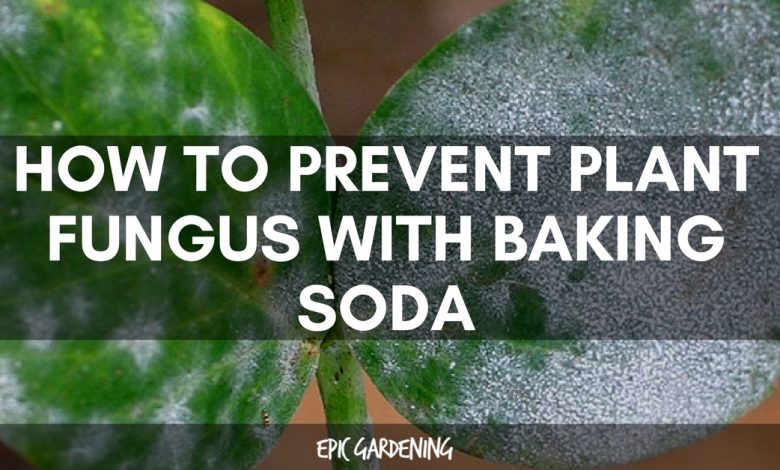
Fungi in the garden are a very common problem. Let’s see some tips and techniques to prevent them, and possible ecological treatments to eliminate fungi if they appear.

How to prevent mushrooms in the garden?
Preventing fungi is the first thing to do to fight infections.It is not the same to try to eliminate an insect plague that we can see with the naked eye and, many times, eliminate manually, than to kill microscopic beings such as fungi.
The main objective should be to ensure that the plants in the garden do not get sick. It seems obvious but many times we do not give the importance it deserves to the prevention of fungus and other diseases.
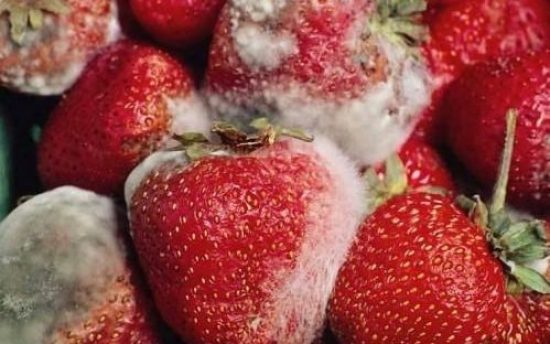
Measures to prevent mushrooms in the garden
But… How to prevent fungi in plants? It is important to combine tasks to keep the soil and plants healthy and free of pathogens.
Some of the measures to prevent mushrooms in the garden are the following:
- Maintain a healthy and fertile substrate, incorporating natural fertilizers such as earthworm humus, compost and other organic fertilizers made with plants, such as green manures.
- Watering the soil with biostimulant and fortifying preparations such as algae, nettle or horsetail preparations further enriches the substrate and provides «defenses» to the plants, which become more resistant to fungal infections in the leaves and other pathogens.
- Plan crop rotation. It is one of the basic practices of organic farming due to the benefits it provides, including preventing the spread of diseases. It consists of making several groups of similar or related plants and cultivating each one in a different area or container, exchanging them every year (more information in the post on Rotating crops in the garden).
- Promote aeration by avoiding a high density of plants so that humidity does not favor the appearance of fungi (the plants should not be too close together, and if this is the case and it is necessary, thinning should be carried out).
- Properly manage irrigation and drainage: do not apply excessive irrigation and do it preferably in the morning (so that the plants have time to dry throughout the day), so that the humidity of the environment does not increase too much.
- To save water and prevent fungus on the leaves, localized irrigation systems are recommended, such as drip irrigation, as opposed to others such as sprinkling.
- Use disease-resistant plants, such as local varieties, or some varieties resistant to mildew or rust.
- Release into the soil products with populations of competing fungi or natural enemies of the main causes of diseases (mildew, powdery mildew, botrytis…). Two examples are natural antifungals with Trichoderma and Bacillus fungi, which have been shown to be effective in combating Mildew, Botrytis or Fusarium, among others.
- Place mulching or organic padding at the base of the crops to help maintain moisture and reduce the incidence of weeds that can spread fungal diseases and other infections.

In the post “How to take care of the garden soil. Fertilizers and work to improve the soil» there are more details about the steps to improve the soil and thus prevent fungi in plants.
Natural Fungicides: Plants to fight fungi
There are three plants to make home preparations that are very effective in fighting garden fungi: horsetail, garlic and nettle.
Horsetail (Equisetum arvense)
It is one of the most effective plants to make natural preparations that keep the garden healthy. Homemade fungicides can be applied with horsetail in order to prevent fungi in plants, once they have appeared, to weaken the disease.
By regularly applying horsetail to the soil, we make it more protected and we have less chance of fungus passing to our plants.

Nettle against fungus
This plant reinforces the vigor and health of crops. Nettle-based preparations, like other phytofortifying products or agricultural biostimulants, help prevent and eliminate fungi from plants.
Nettle is more effective than horsetail for fungi that normally develop at low humidity, such as Oidium.

Garlic
Garlic has components, such as allicin or ajoene, which are powerful bactericides and fungicides, so homemade preparations with garlic will help prevent and treat diseases caused by fungi and bacteria. It is also effective in repelling pests such as worms, aphids and mites.
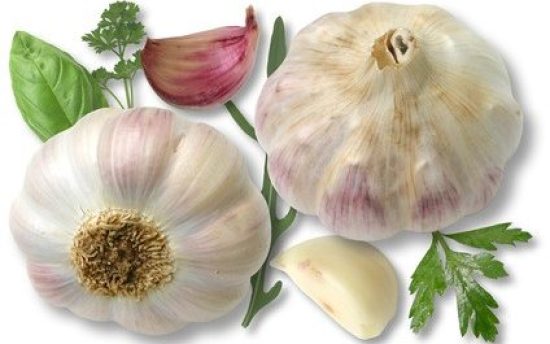
Homemade fungicides for mushrooms in the garden
- Horsetail slurry: Boil approximately 1 kg of fresh horsetail (500 grams if dry) in 10 liters of water for half an hour. Then filter it and let it rest to macerate for a few days, until an unpleasant smell appears. Strain the mixture to remove the plants and dilute at a ratio of 1:10, that is, adding 100 liters of water for every 10 liters of horsetail macerate (maximum storage: 2 weeks).
- Horsetail decoction: boil 100 grams of fresh horsetail (or 50 grams if dried) in 5 liters of water for one hour. Let the decoction settle, strain and let cool. Use diluted in a 1:5 or 20% ratio (five liters of water per liter of decoction).
- Nettle slurry: 1 kg of fresh nettles (or 250 grams of dry nettles) + 10 liters of water. Let macerate for about 10 days and stir every two or three. Once this time has passed, remove the film that has formed on the surface of the liquid and you can filter it and store it in jars to use it when you need it. When you are going to spray it on the soil or on crops, you must dilute it in water (in a 1:20 ratio). If you do not have time or space to make this preparation, you can buy the extract directly.
- Garlic infusion: macerate 6-8 peeled and minced garlic cloves in a liter of water for 24 hours. Then boil the water with the garlic for 20 minutes over low heat, strain and let cool.
How to apply natural fungicides for fungus on plants
If you have noticed that there are some areas where your plants have been attacked by pests or diseases, it will be very important that you carry out treatments to prevent fungi in those areas.
Another option that will help plants grow healthier and more vigorous is to apply a mixture of horsetail decoction with nettle purin.
In autumn and winter (when we have not yet planted anything) periodically treat the soil with one of the ecological fungicides that we have seen by spraying it on it. It is advisable to use about 30-40 liters per hectare (In an orchard of 20 square meters, for example, it would be equivalent to spraying 60-80 ml of the preparation).
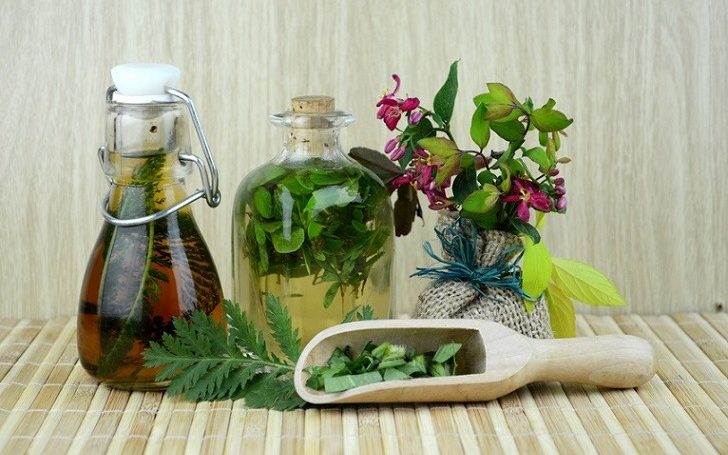
Before sowing or just sowing, disinfect the seedbeds and the substrate by spraying the slurry against fungi, or mixing the slurry with an infusion of tansy (a plant that is also used to make organic remedies against fungi).
Before or after cultivation work such as transplanting, pruning or pricking, it is convenient to spray the plants (highly recommended to prevent tomato fungus).
During cultivation, spray some of the natural fungicides every 10-15 days on the crops (especially those that are more sensitive to fungal attacks).
If the fungi appear in the plants of the garden, it will be necessary to act as soon as possible. As soon as the first symptoms of a fungal disease are seen, the plants must be sprayed with the natural fungicide as frequently as necessary and throughout the duration of the crop (Ideally, during the first days, it is to treat 4-8 days in a row, until the fungal infection subsides a bit).
Other preparations to fight against fungi in the garden
Sodium bicarbonate, potash soap, powdered sulfur, Bordeaux mixture, chamomile infusion or onion infusion are other organic fungicides that can be used in the garden to eliminate fungi from plants.
In this other article about organic homemade fungicides against fungi in the garden you can find other natural preparations that can be used in the garden to eliminate fungi from plants.
If you know other organic remedies and treatments against fungi or have experience using these preparations in the organic garden, you can leave your contributions or questions in the comment thread below.
References
- Ibarra JE, et al., 2006. Microorganisms in the biological control of insects and plant pathogens. Latin American Journal of Microbiology. vol. 48 (2), p, 113-120.
- Chávez, AR & Aquino Jara, AS, 2014. Control of soil fungi Rhizoctonia sp., Fusarium sp. and Sclerotium sp. with plant extracts. Agricultural Research, vol. 14 (1), p. 17-23.
- Hayat, S. et al., 2016. Garlic, from Remedy to Stimulant: Evaluation of Antifungal Potential Reveals Diversity in Phytoalexin Allicin Content among Garlic Cultivars. Frontiers in Plant Science, 2016; 7:1235
- Porcuna Coto, JL Pest and disease control in organic farming. Spanish Society of Ecological Agriculture.

![Photo of How to Plant Spinach: Basic Guide [Step by Step + Images]](https://www.complete-gardening.com/wp-content/uploads/2022/08/how-to-plant-spinach-basic-guide-step-by-step-images-390x220.jpg)
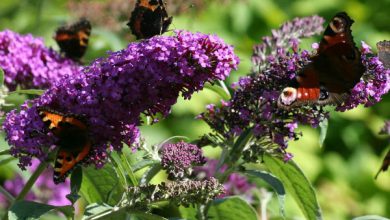
![Photo of Purple Flowers: [List, Examples, Characteristics and Care]](https://www.complete-gardening.com/wp-content/uploads/2022/08/purple-flowers-list-examples-characteristics-and-care-390x220.jpg)
![Photo of Citrus Diseases: [Types, Characteristics and Prevention]](https://www.complete-gardening.com/wp-content/uploads/2022/08/citrus-diseases-types-characteristics-and-prevention-390x220.jpg)